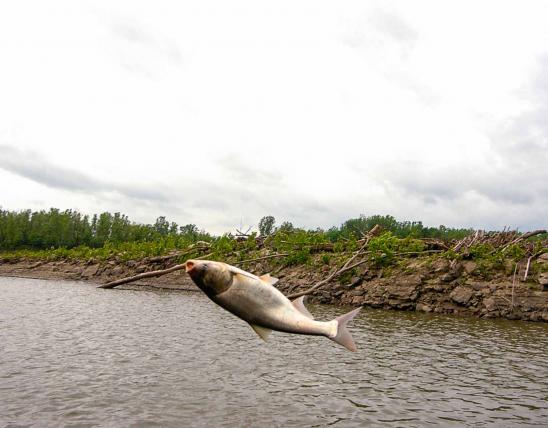MDC's management practices are determined through science-based research, public input, and feedback from Missouri anglers. Browse this section for information on how MDC manages specific game fish and endangered fish species.
MDC fisheries biologists use science-based research and management to keep Missouri's fish populations strong. Browse this section to learn about:
- Fish management in Missouri
- Invasive species that are causing problems in Missouri's lakes, rivers, and streams
- Simple things you can do to help protect our fisheries

































